John Lennon and Yoko Ono — Double Fantasy
Okay. It’s the fall of 1980, a time when my Beatlemaniac roommate and I were living in the apartment building we called The Embassy, on the corner of University and Harrison in Syracuse, just catercorner from the Seneca Apartments where we had spent the spring semester. As I’ve noted many times before, that was a time of particular expansion of my love of British Invasion and really just about anything from the ’60s. I could not get enough.
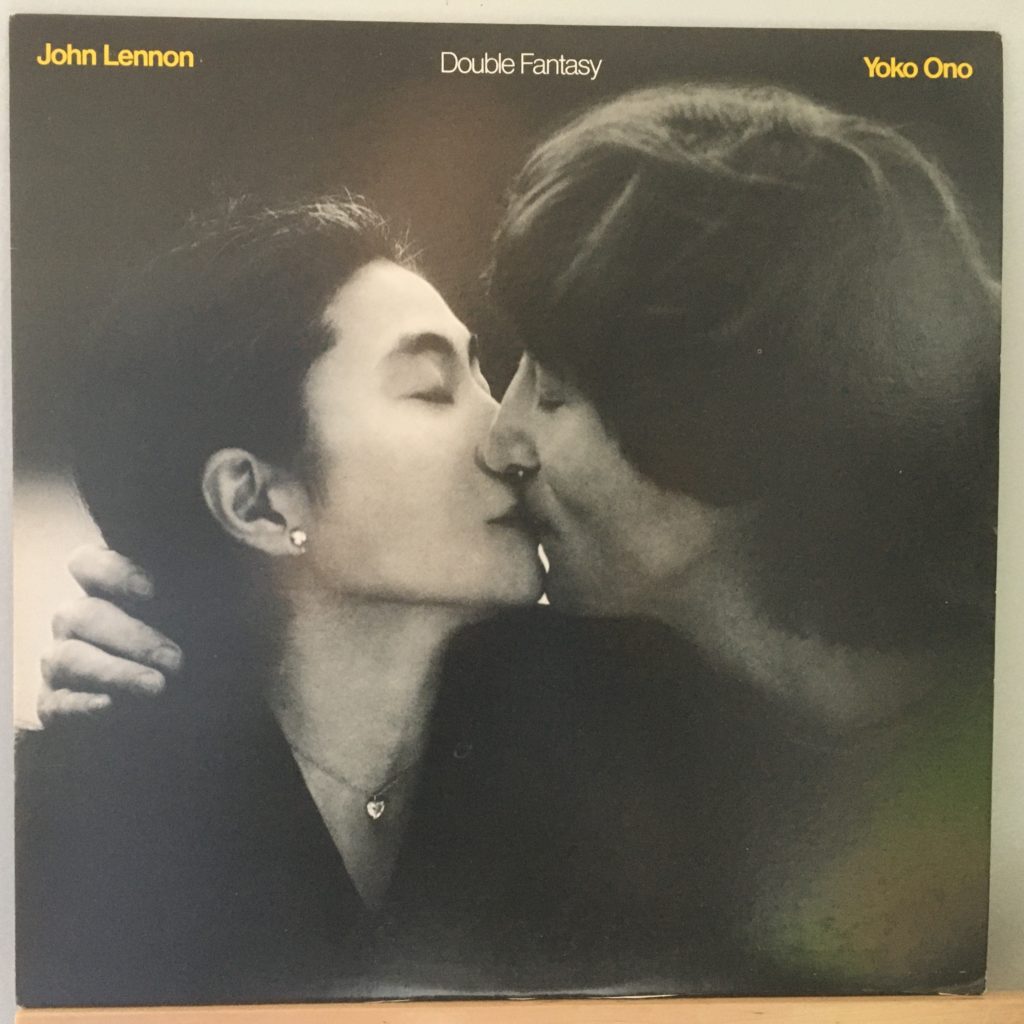
At that point, John Lennon had been mostly out of the public eye for about five years. Suddenly, with the coming release of Double Fantasy, it seemed like John was everywhere. There were huge interviews and profiles in Playboy, Rolling Stone, Esquire and more, one of which was produced as a radio special. There was a lot of media excitement about the new album, his first record of new material since 1974’s “Walls and Bridges,” and about the fact that he was talking so openly about his life. It felt like there was a new, refreshed, and refreshing Lennon. And, of course, there was a huge amount of fawning over him for his doting care of his second son, Sean. And being such a Beatles fan at that time, I drank it all down. Like a lot of people, i provided Lennon with a bit of hero worship that only expanded with his murder.
So of course, I bought “Double Fantasy,” and was thrilled with it. Alternating between John tracks and Yoko tracks, I found most of the John tracks to be great, and the Yoko tracks to be at leas listenable, and some (like “Kiss Kiss Kiss” to be catchy, whether I wanted them to be or not. It was not only a good album, it seemed to be the best of his post-Beatles efforts. John’s songs are insightful, sweet, filled with love for his family – really un-Lennon, but just lovely. And they made us feel good for him, because here he was – just a post-Beatle, being happy. (That was our reaction – critics were not so kind.)
I bought it pretty soon after it came out, in November 1980 (which was just a month after recording finished, so there was a real sense of immediacy around this record, too). My girlfriend (now my wife) and I both had copies, and both were faulty – some annoying defect in the first track. We hadn’t gotten around to taking them back to Record Theater on Marshall Street to replace them before John Lennon was murdered on Dec. 8, 1980.
That was, of course, shocking, and cut right to the core. Yes, I was one of those people standing out in the cold night on the SU quad with candles, singing along to “Imagine” and generally feeling terrible. It seemed impossible. The last line from his song “God,” “The dream is over,” was quoted a lot, and it felt like that.
I continued to like this album for a few years after it came out, but as my Beatlemania faded somewhat and other music took its place, I became way less likely to play this. My opinion of John changed considerably with the years. It started to sour when Julian Lennon first burst on the music scene, and I started to recall all the love that John had lavished on Sean, and how much fans loved him for that, and how we completely gave him a pass for abandoning his first child. In the Playboy interview from 1980, John really doubled down on the abandonment, calling Julian an accident (“along with me and everybody else.”) So some of this album of beautiful domesticity rang, if not false, at least a little bittersweet to me. It was very hard for me to get over how someone whose later career featured a lot of screaming about having been abandoned by his mother could then turn around and abandon his son, which he had pretty much done.
Still, I recalled it as a good album, but probably hadn’t played it in 15 years when I put it on for this project. I’ll be honest, I had forgotten that one of the sounds I’d be treated to was the sound of Yoko having an orgasm. Still, my memory wasn’t far off. Alternating between John’s little songs of househusbanding are Yoko’s songs that don’t, for the most part, fit the theme of the album, but they’re mostly pretty listenable. John has three of the best songs of his solo career, and the rest are perfectly pleasant, if not terribly artistic.
But . . . is it a great album? Well, again, it’s been 15 years, and it’s possible to remember something fondly and still not need to hear it much more, and I’m afraid that’s where this album falls. Free of the hero worship and the martyr mythmaking, he’s just an ex-Beatle making perfectly pleasant but not world-shaking music.
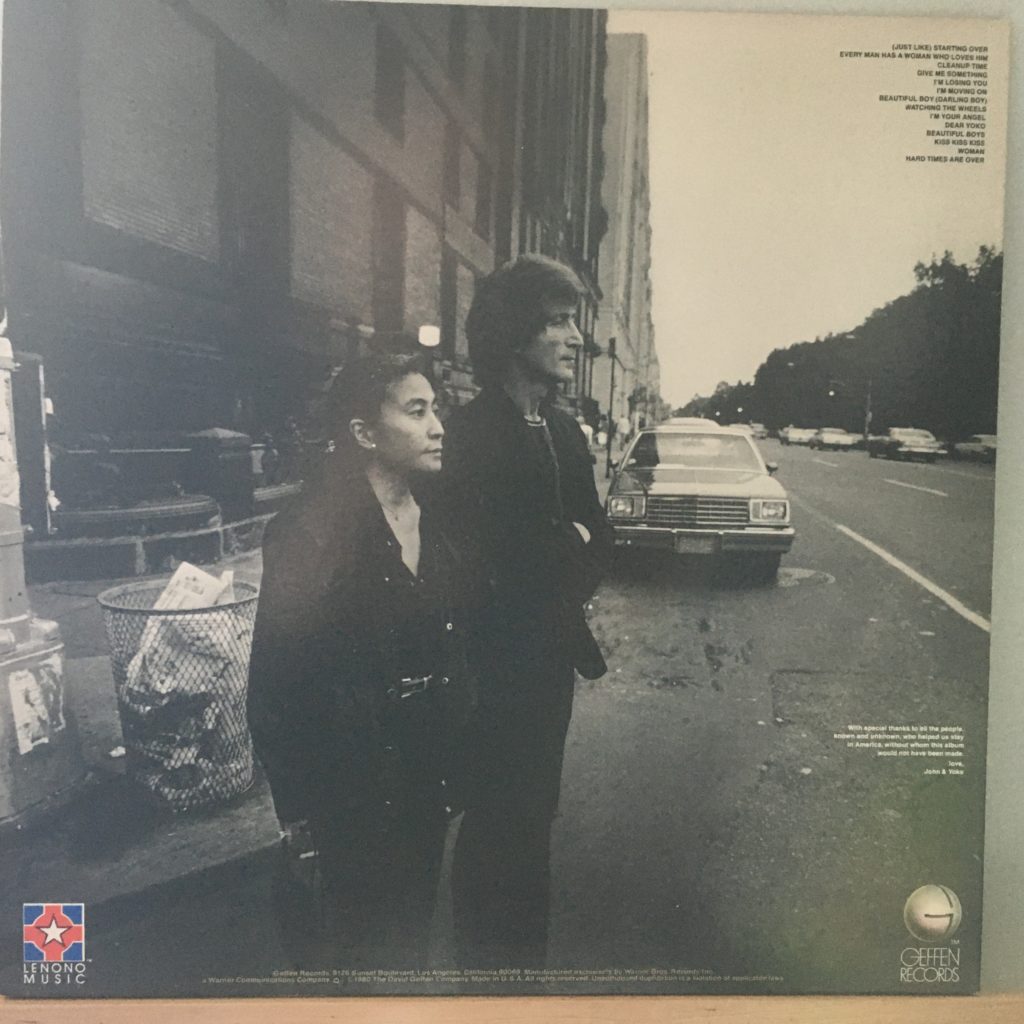
Interestingly, there are two things tucked into my copy of “Double Fantasy.” One I knew about, because it was just in the bag with the album. The other, I had completely forgotten about until I found them tucked inside.
The first is a copy of “Walking on Thin Ice,” Yoko’s single. It’s a good song, really well done. Elvis Costello covered it some years later. Love that song.
The other is a reminder that when I was in this deep Lennon fan phase, I made up a number of buttons celebrating him, including a copy of a “Save Lennon” button I had found in a Beatles book and a “Lennon Fever” button I made up on my own. (Back in the old days, very few people had access to what was needed in order to create reproductions like these, but working in the printing industry, I was one of the few.)
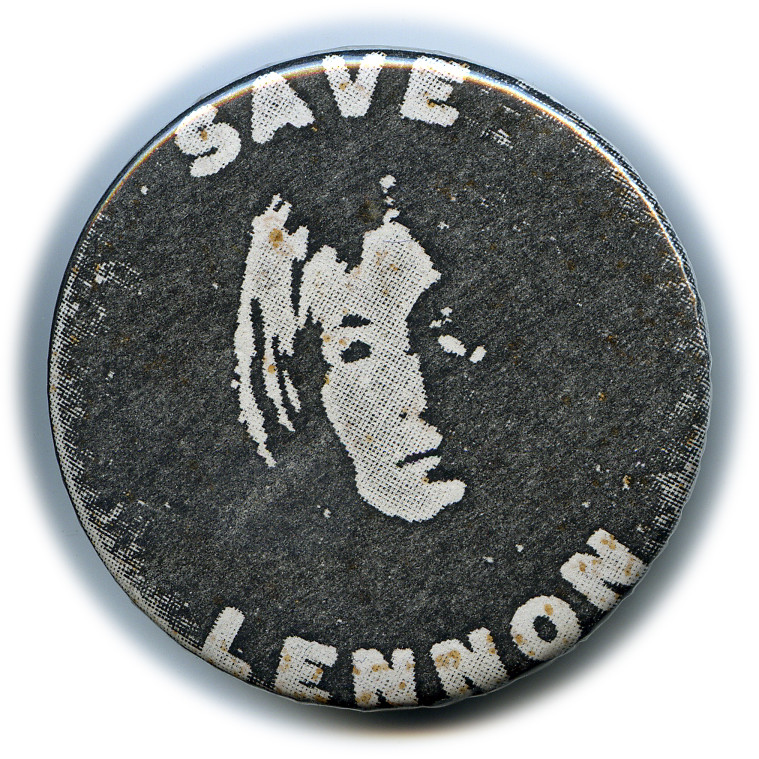
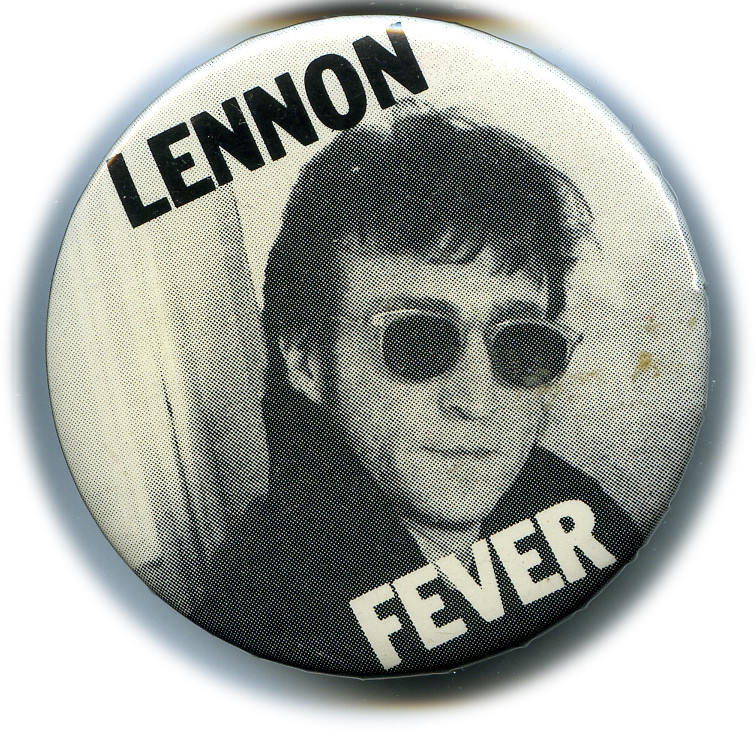
Well, I must have intended to make a button from the “Double Fantasy” cover, because inside the album I found two ancient Veloxes (a kind of photostat used for printing reproduction). The huge photostat camera could only reduce so much at once, so it took two passes to get something down to the sizes I needed for a button, and both those passes were still tucked inside the record, an odd little reminder of a part of my life that is so very far in the past:
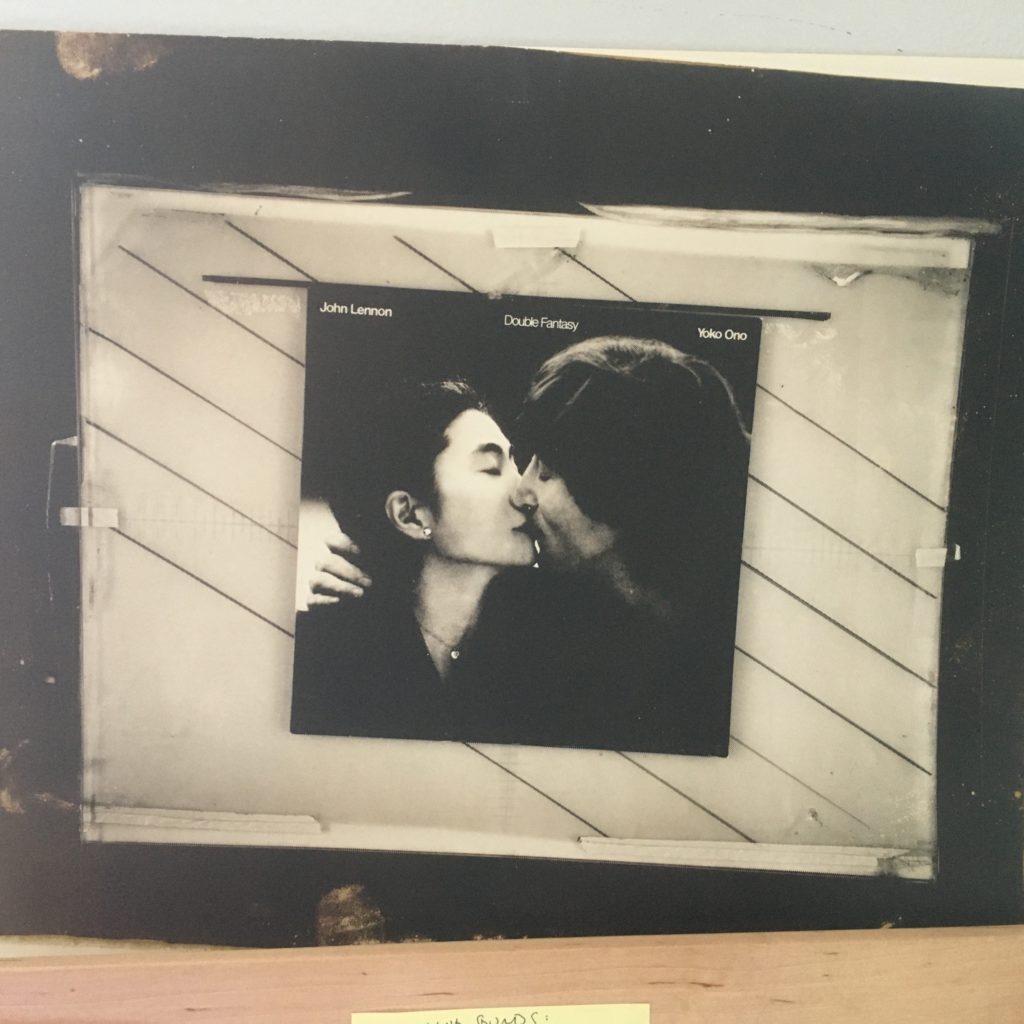
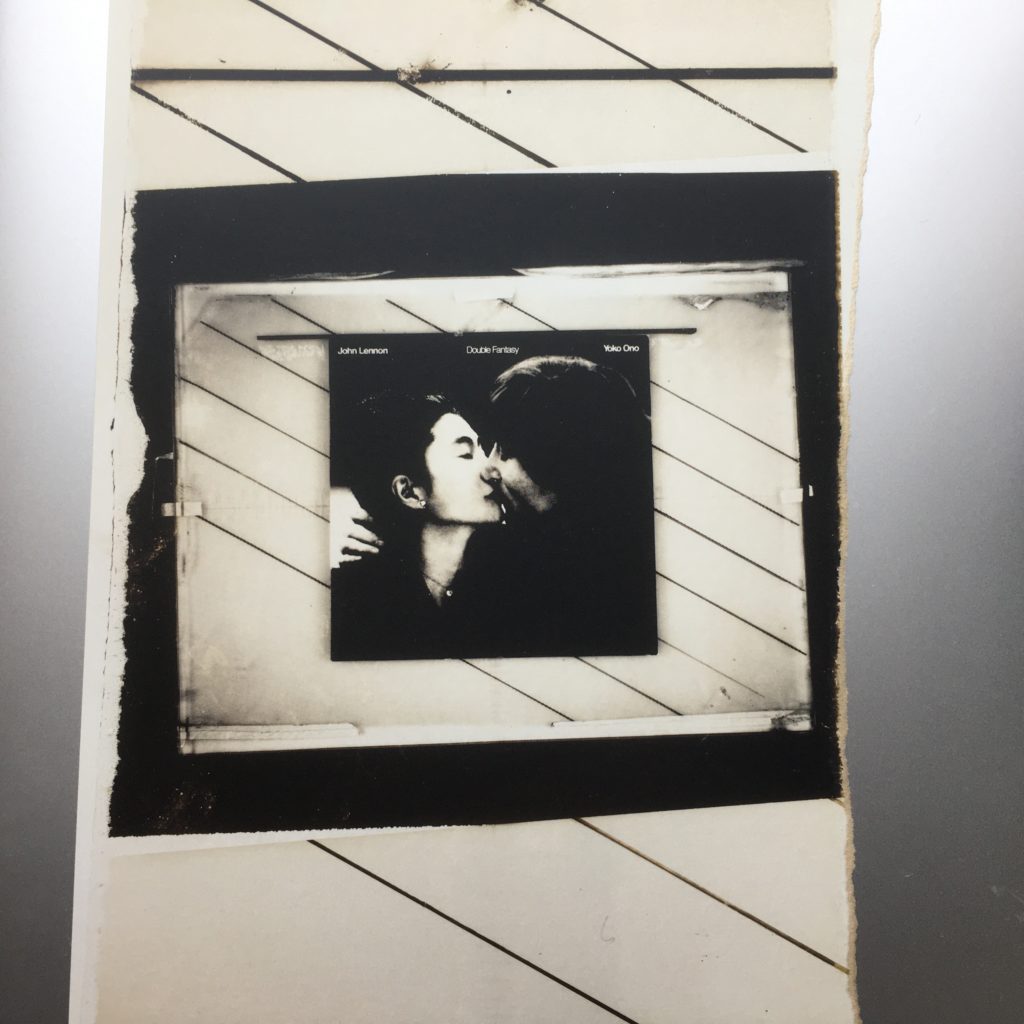
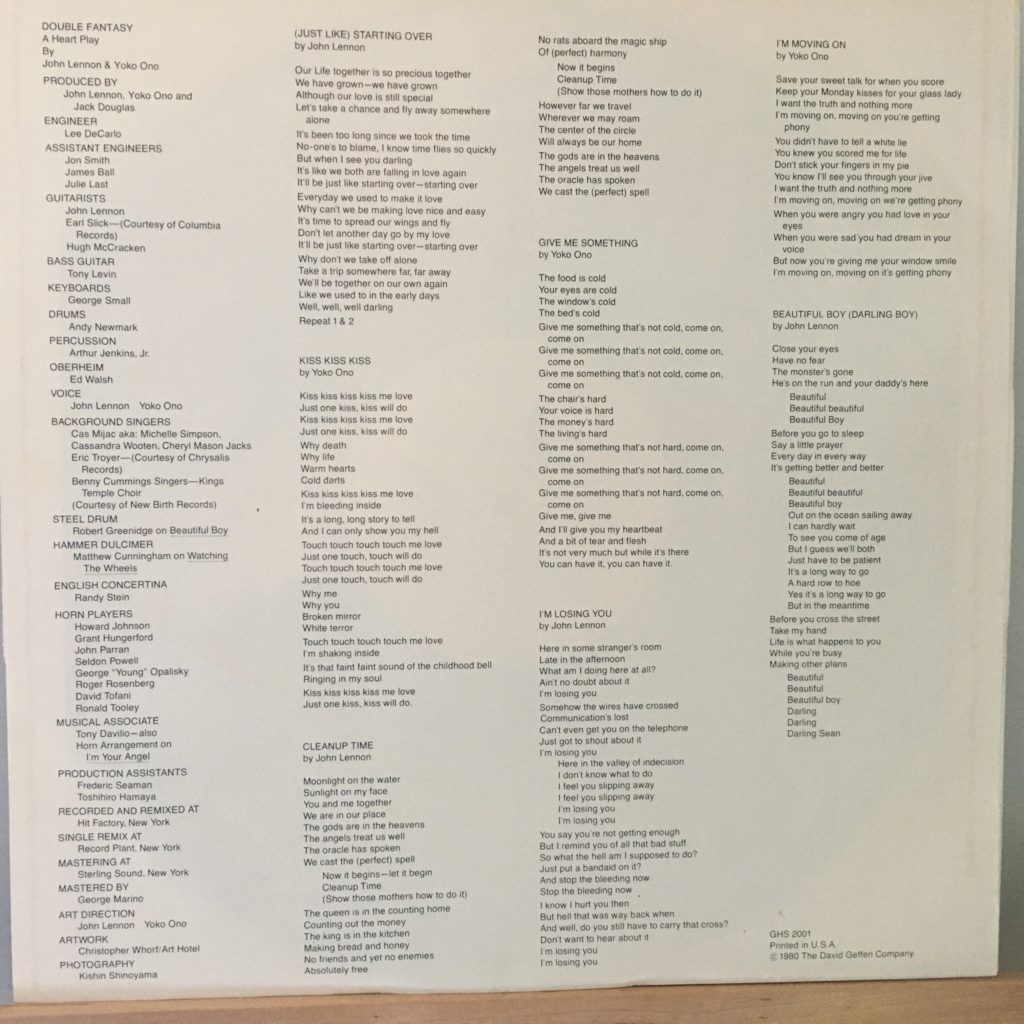
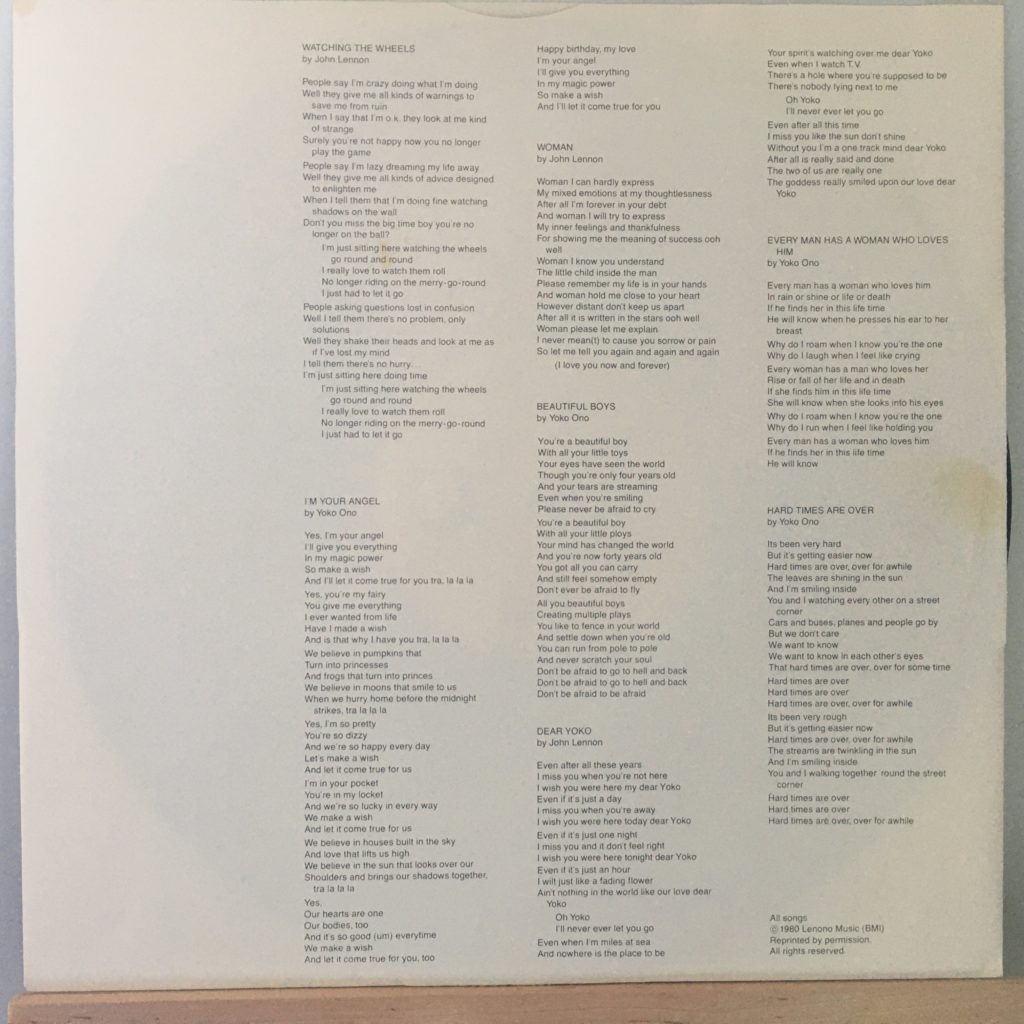
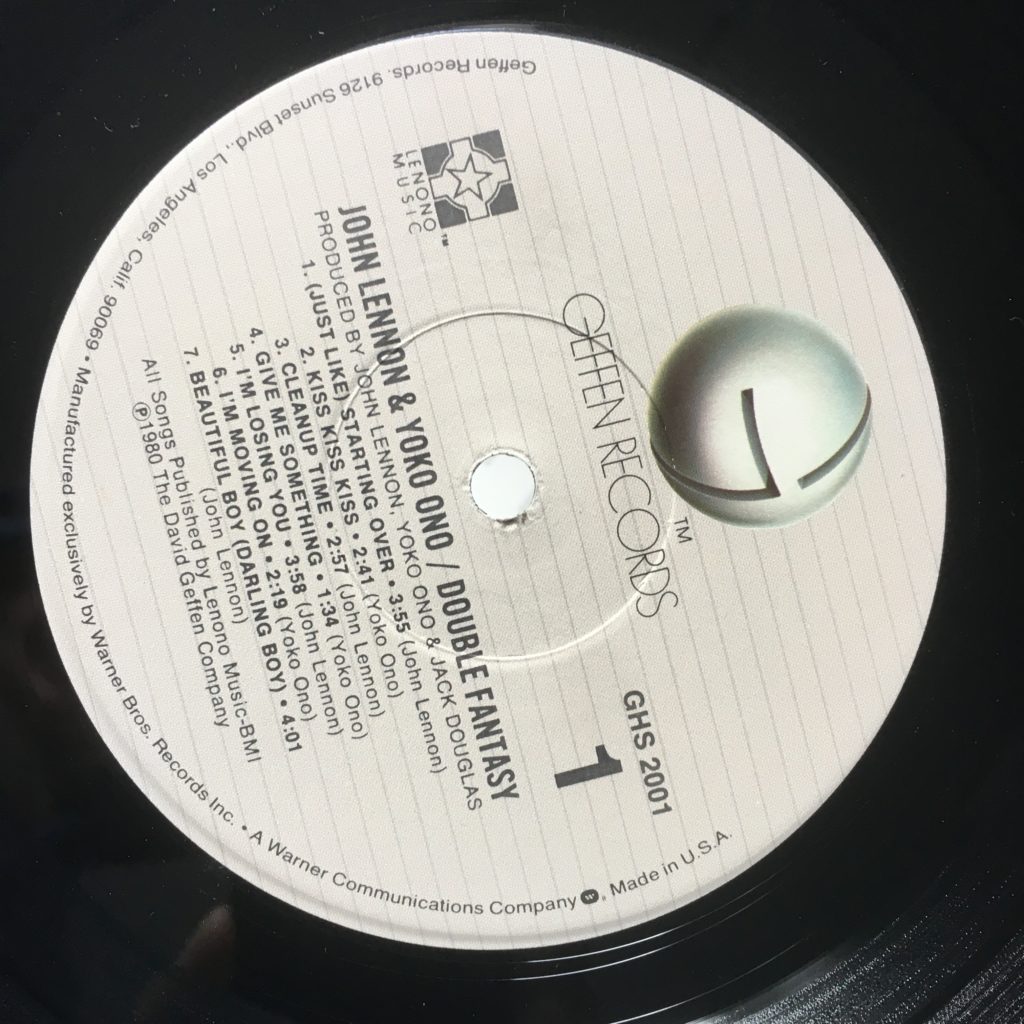
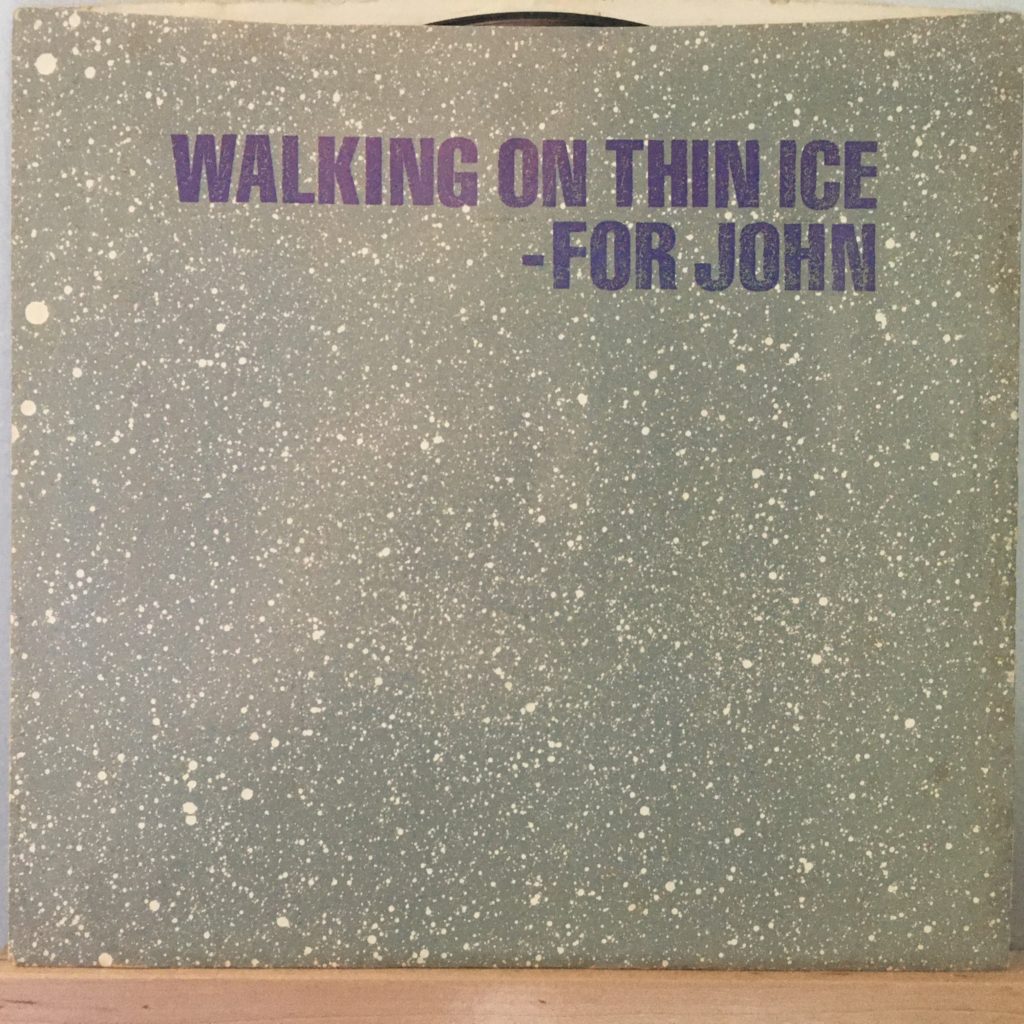
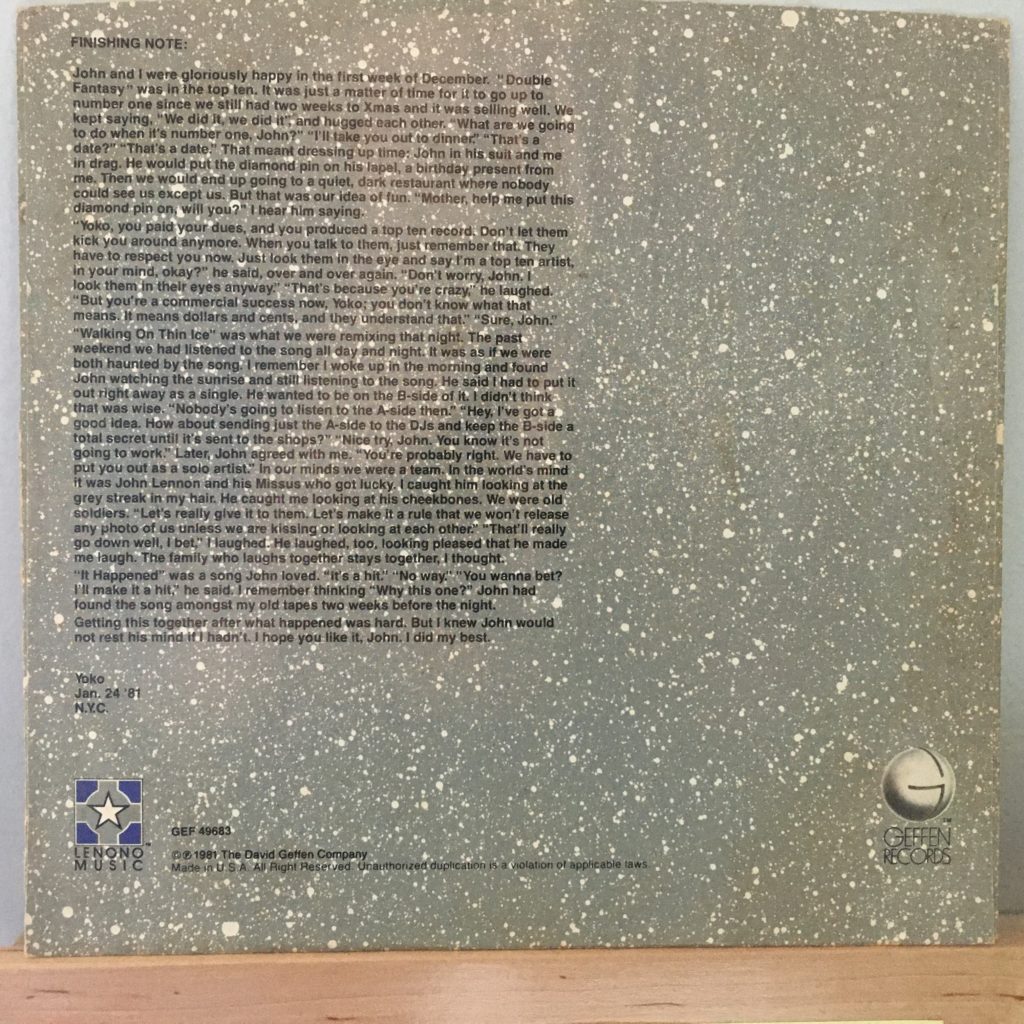
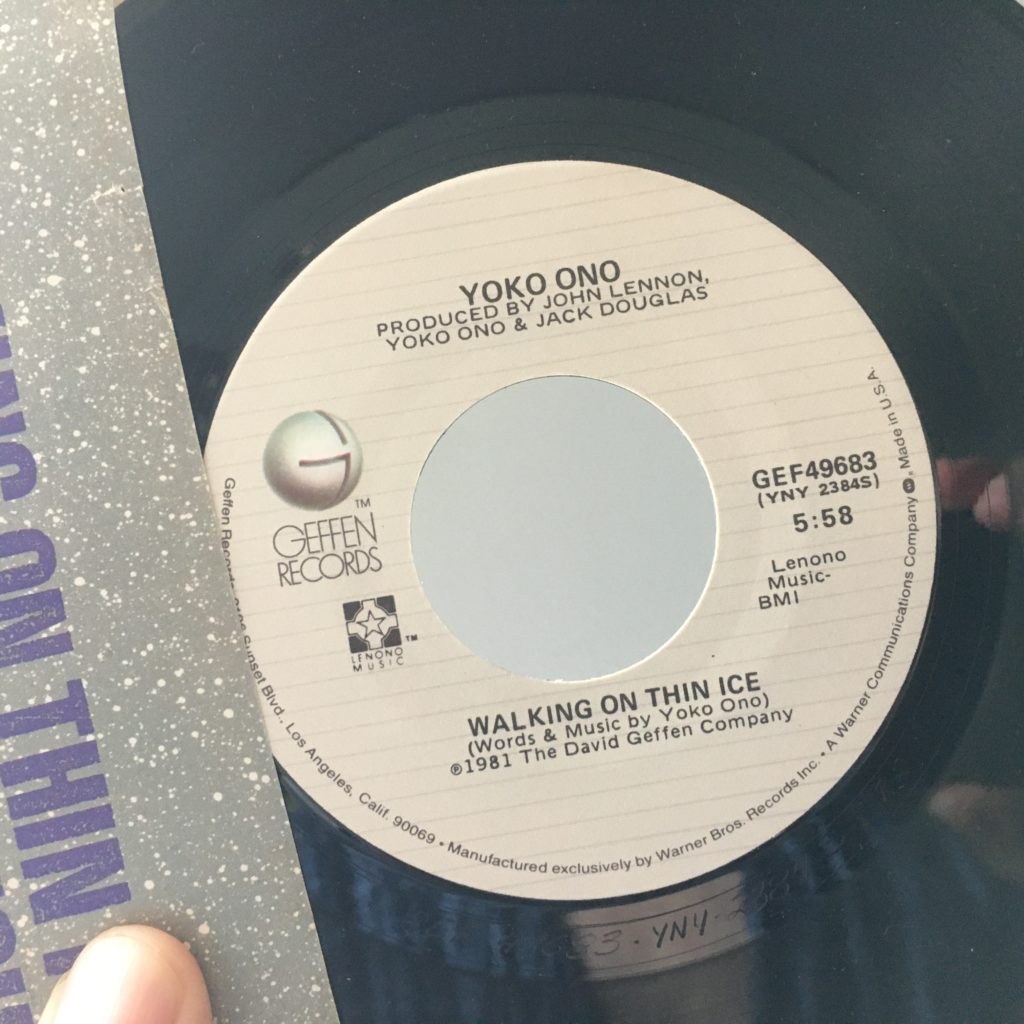

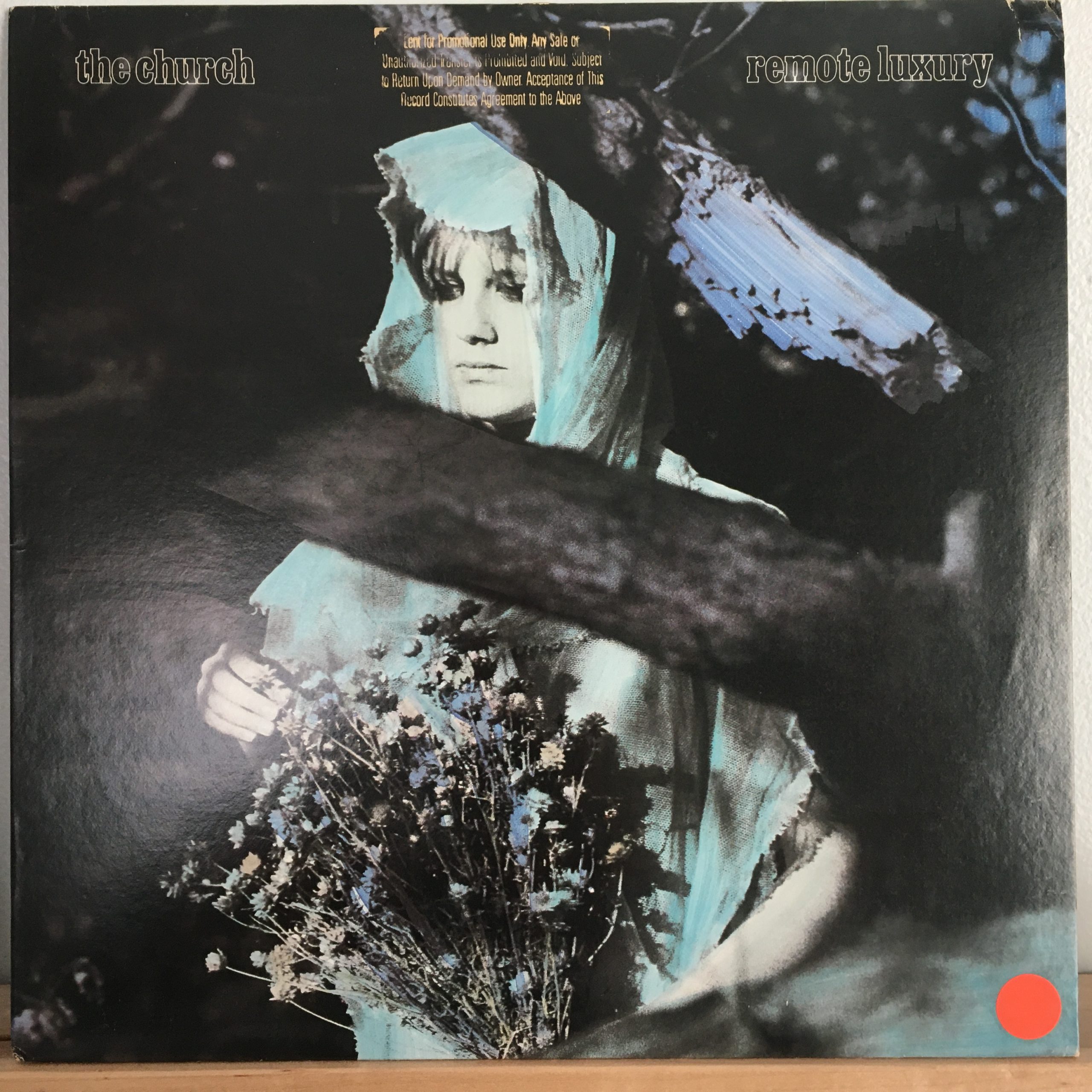
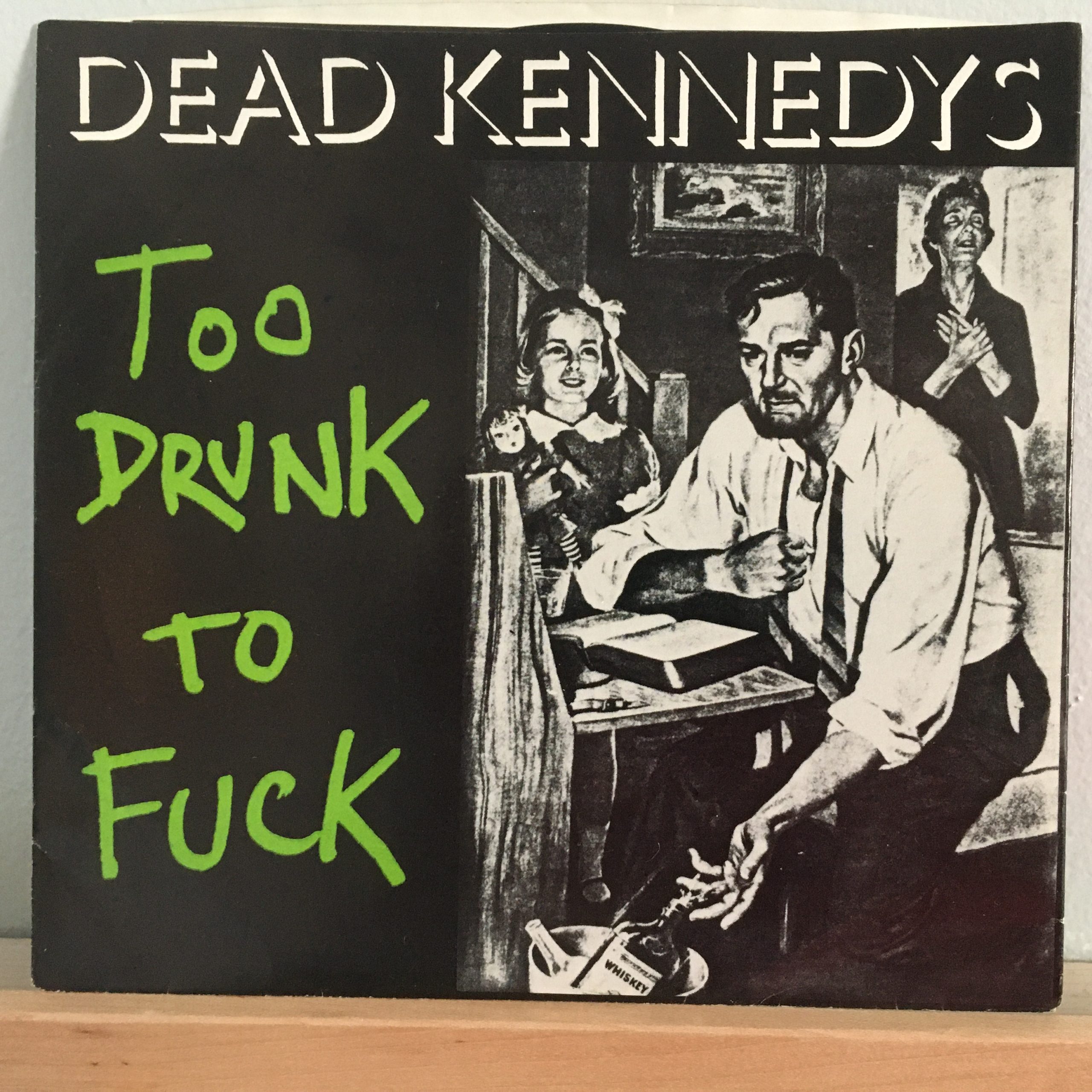
1 Response
[…] and Honey front cover – nearly identical to the Double Fantasy […]